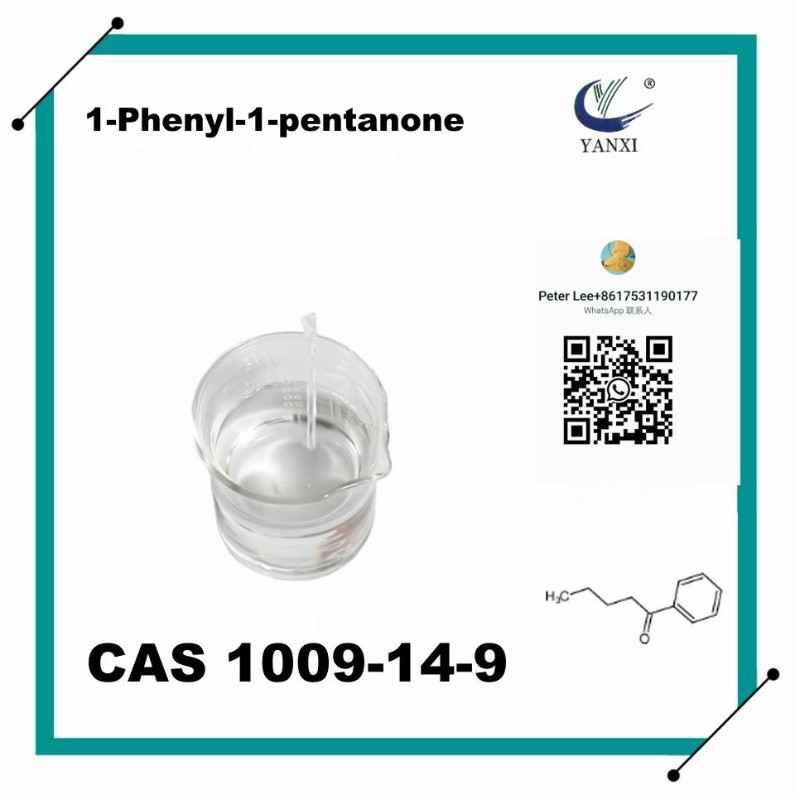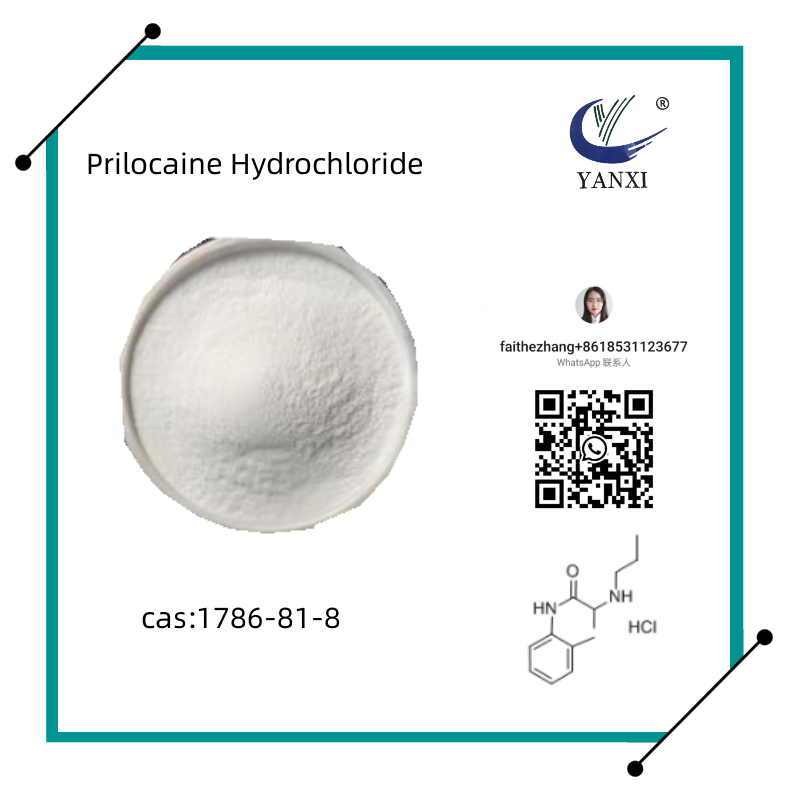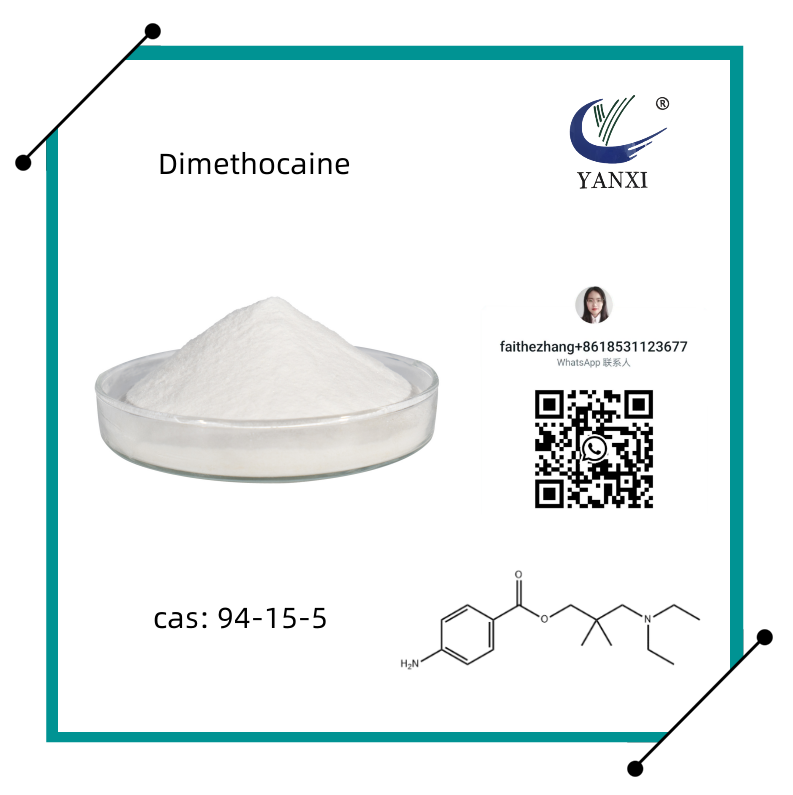Organic Intermediate
-
2-carboxyethyl Phenylphosphonic Acid Cas14657-64-8 CEPPA
2- carboxyethyl phenyl hypophosphate can be used as intermediate in pharmaceutical synthesis, which can be used in laboratory research and development and chemical pharmaceutical synthesis.
Email Details
Used in organic synthesis, pesticide and pharmaceutical intermediates manufacturing. -
1-Phenyl-1-pentanone CAS 1009-14-9 Valerophenone
Valerophenone, is an aromatic ketone. It is a colorless liquid with a flash point of 102°C. Valerophenone is used as a tool in the study of various photochemical processes.
Email Details
Valerophenone is also an inhibitor of the enzyme carbonyl reductase. -
1,3-Dihydroxyacetone CAS 96-26-4 Glycerone
PMK ethyl glycidate(CAS:28578-16-7),
Email Details
BMK Glycidic Acid (sodium salt)(CAS: 5449-12-7)
Diethyl(phenylacetyl)malonate(CAS :20320-59-6)
1,3-Dihydroxyacetone CAS 96-26-4
Whatsapp/Tell:+86 17531153977
Wechat:+86 17531153977
skype: live:cocoyanxi
allison@yan-xi.com -
Cas 1786-81-8 Prilocaine Hydrochloride
Prilocaine hydrochloride is an aminoamide local anesthetic. Pilocaine is commonly used in dentistry. Procaine is also often combined with lidocaine as a preparation for skin anesthesia (lidocaine/procaine or EMLA) for conditions such as paresthesia.
Email Details -
Cas 94-15-5 Dimethocaine/Larocaine
Dimethocaine is a local anesthetic with reported stimulant properties most similar to cocaine. Dimethocaine is an organic synthesis intermediate and pharmaceutical intermediate, mainly used in laboratory research and development process and chemical pharmaceutical production process.
Email Details -
Cas 10085-81-1 Benzoctamine Hydrochloride Anesthetic
Benzocaine hydrochloride is a surface anesthetic that acts by preventing transmission of impulses along nerve fibers and at nerve endings.Benzoctamine hydrochloride is used as a local anesthetic. Long-lasting effect, small toxicity. Mainly used for skin diseases to relieve pruritus, trauma, hemorrhoids and ulcer surface pain relief.
Email Details -
Cas 51-05-8 Procaine Hydrochloride Novocaine HCL
Procaine Hydrochloride is a local anesthetic drug of the amino ester group. It is used primarily to reduce the pain of intramuscular injection of penicillin, and it is also used in dentistry. It acts mainly by being a sodium channel blocker. Today it is used therapeutically in some countries due to its sympatholytic, anti-inflammatory, perfusion enhancing, and mood enhancing effects. Procaine HCl is indicated for the production of local or regional analgesia and anesthesia by local infiltration and peripheral nerve block techniques.
Email Details -
Cas 59-46-1 Procaine/Novocaine
Procaine is a local anesthetic drug of the amino ester group, which acts through multiple targets. Target: OthersProcaine is a local anesthetic of the ester type that has a slow onset and a short duration of action. Procaine is a DNA-demethylating agent that produces a 40% reduction in 5-methylcytosine DNA content as determined by high-performance capillary electrophoresis or total DNA enzyme digestion. Procaine can also demethylate densely hypermethylated CpG islands. Procaine also has growth-inhibitory effects in these cancer cells.
Email Details -
Cas 73-78-9 Lidocaine Hydrochloride Lidothesin
Lidocaine Hydrochloride,Local Anesthetic Drugs Lidocaine, also known as xylocaine and lignocaine, is a medication used to numb tissue in a specific area and to treat ventricular tachycardia. It can also be used for nerve blocks.Lidocaine mixed with a small amount is available to allow larger doses to be used as numbing and to make it last longer. When used as an injectable it typically begins working within four minutes and lasts for half an hour to three hours. Lidocaine may also be applied directly to the skin for numbing.
Email Details













